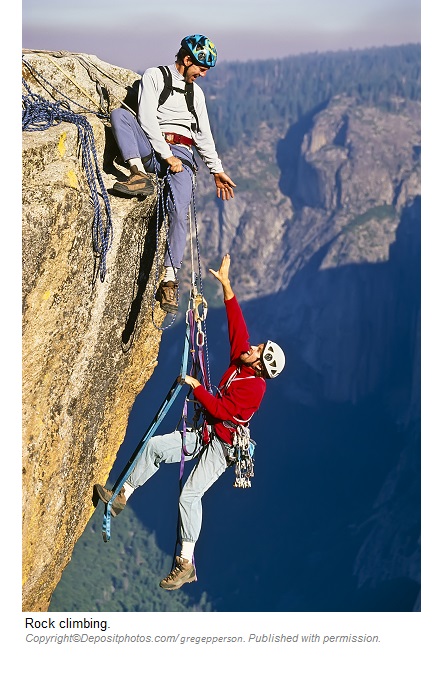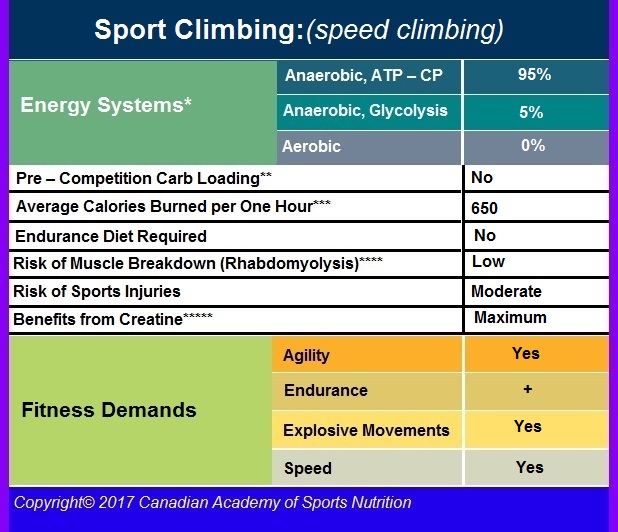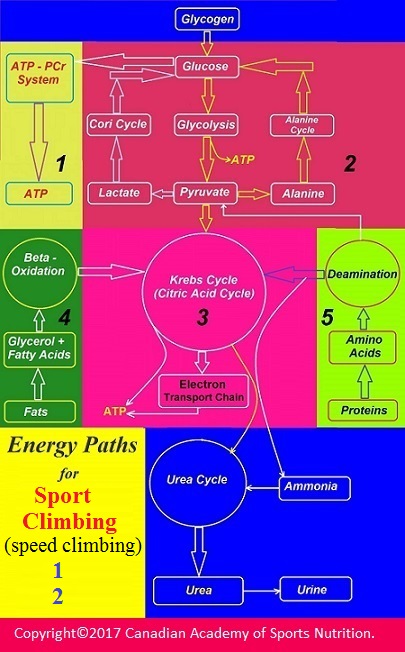It is a form of sport activity in which participants compete with each other by climbing up a natural or artificial rock at the quickest time or to the farthest point of a predetermined route. Rock climbing could be played as a recreational activity or as a professional sport. There are two types of climbing: with aid (aid climbing) or without aid (free climbing). Free climbing is a form of rock climbing in which a climber uses his/her own strength, skill and balance to climb up without using any equipment. Aid climbing is a type of rock climbing in which a climber attempts to ascend by using equipment to facilitate climbing and provide safety.
Sport Climbing:
It is a type of rock climbing in which a climber ascends by using anchors attached to the rock. For the first time, sport climbing will be included in the 2020 Tokyo Summer Olympic Games during which 40 athletes (20 girls and 20 boys) will take part in three disciplines: speed climbing, lead climbing and bouldering.



*See “Energy Systems” under the section of “Sports Nutrition”.

**See “Carbohydrate Loading” under the section of “Sports Nutrition”.
***Your body weight and body metabolism are important elements affecting the average calories you burn during any physical activities. This is the average amount of calories burned by a person with a body weight of 155 Ibs (70 Kg) within one hour of this sport.
****See “Post – Exercise Rhabdomyolysis” under the section of “Athletic Disorders”.
*****See “Creatine Monohydrate” under the section of “Sports – Performance Enhancers”.
For the “energy paths” of this sport, see the “energy map” below.


